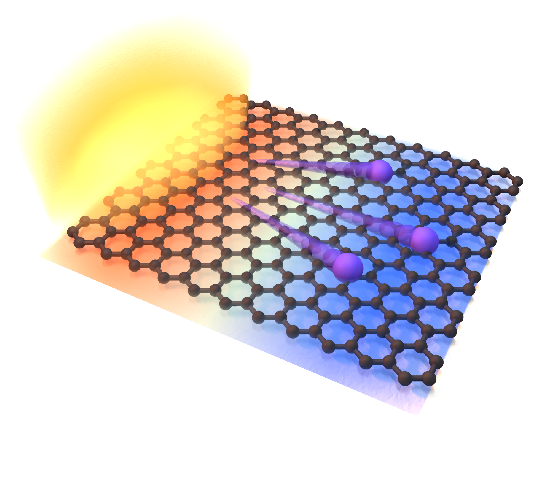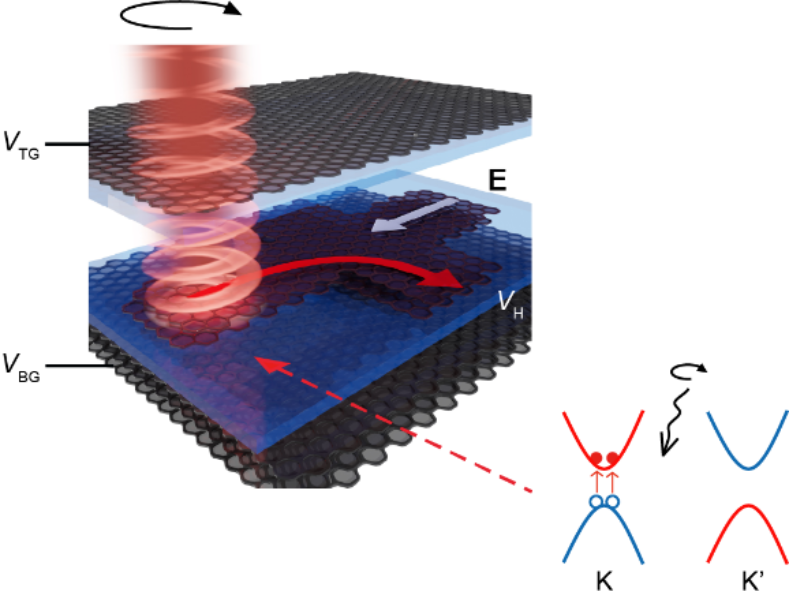Photocarrier dynamics

We study the dynamics of as-excited photocarriers in time scale of ~100 fs and investigate the interactions between electron-electron, electron-phonon, and electron-crystal defects. To do so, we use pump-probe technique and terahertz time-domain spectroscopy (THz-TDS) and diagnose various signals such as photocurrent, photoluminescence, and reflective light. Currently, we are working on two-dimensional material, much simpler than its bulk counterpart but still a maze to explore.
Topological and quantum geometric optoelectronics

The non-trivial winding of Bloch wavefunctions (with a characteristic as Berry curvature) in materials may lead to unconventional optoelectronic phenomena, such as photoinduced anomalous Hall effect. This topic falls into a recent area of intense research interest: topological and quantum geometric optoelectronics. Although sometimes referred as a shorthand "topological optoelectronics", it does appear in trivial insulator when an out-of-equilibrium state is created with the presence of light with certain polarization.
High bandwidth optoelectronic devices

Silicon photonics has attracted attentions of both academia and industry (IBM, Intel, etc.). It enables a single chip to integrate optical (eg. waveguide), optoelectronic (eg. transceivers), and electrical (silicon integrated circuit) components, which offers energy-efficient data transmission for optic communication. Our study is to hybridize functional optoelectronic materials (such as 2D materials) with silicon photonic platform. We design hybrid nanodevices such as electro-optical modulator, photodetector with the precondition of compatibility with CMOS manufacturing processes. The aim is to improve the bandwidth, energy consumption, insertion loss, footprint and so on.

